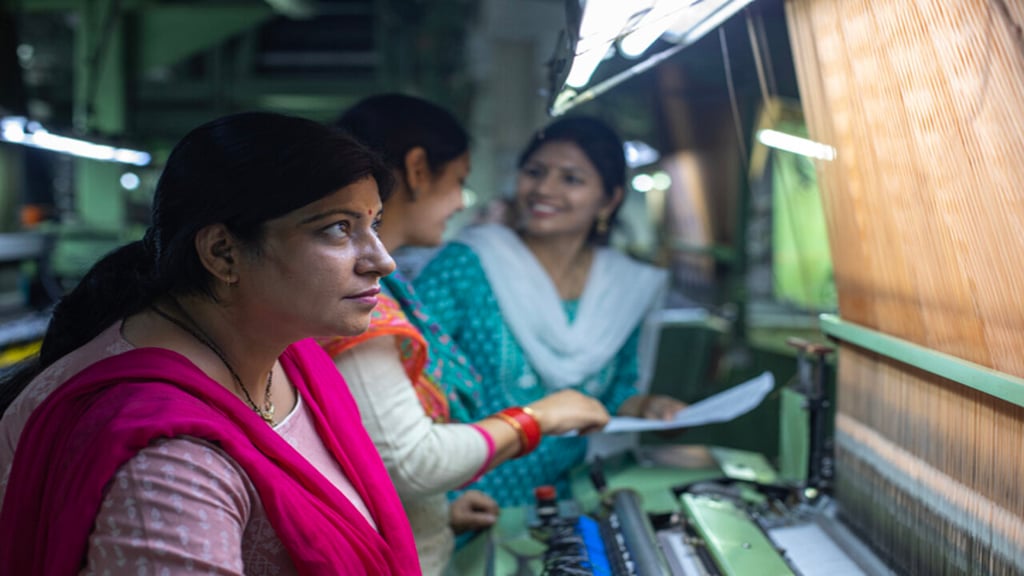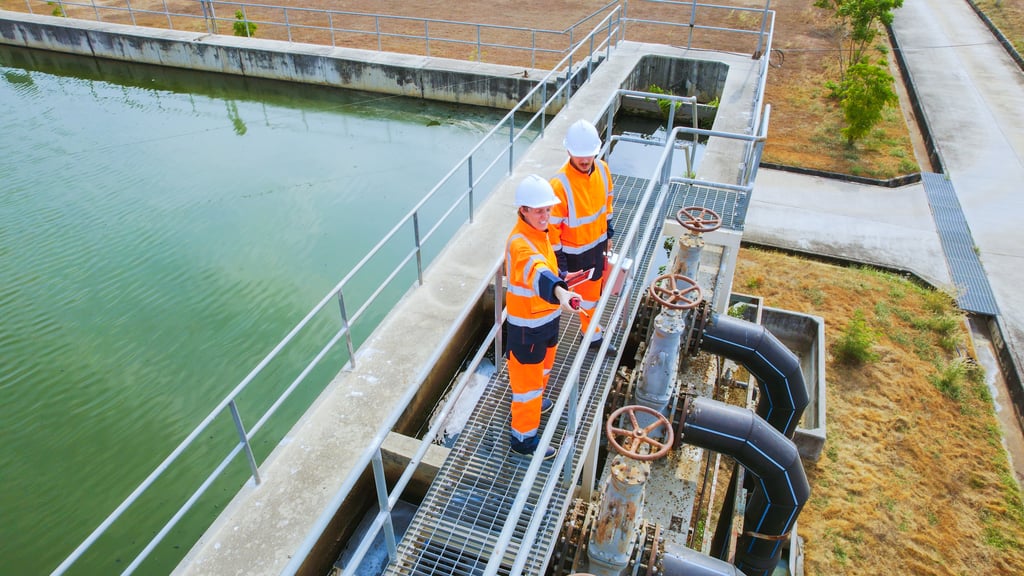Our voice on health, safety and the environment, James Pomeroy, explains how big data can help build a safer working world and the key to successfully integrating it into your business.
Q: What are the biggest opportunities presented by data and analytics to transform health and safety in the workplace?
A: One world summarises the main opportunity: personalised. By that I mean firstly personal to your organisation’s key risks. For example, if you’re a transportation business, then analytics would enable you to measure operator fatigue and alert operators in real-time, whereas if your work involved a lot of hand tools, then real-time measurement of noise and vibration exposure would be key. And secondly, personal to the individual – this is important because to build trust, we need to sell the individual benefits. Whether you’re working with chemicals, dusts or radiation, analytics will provide a personal daily and cumulative exposure record.
Q: How will analytics and data make a real difference?
A: In four main ways:
- Effectiveness – the ability to measure things through IoT sensors, which we can only guess at today, and real-time understanding of our critical control measures.
- Efficiency - we often must wait for bad outcomes to drive change, but real-time data enables faster decision-making.
- Credibility - evidence to support HSE change or investment and greater objectivity in the event of accidents/incidents – aviation and rail accidents have been transformed by the Black Box, and so will incidents in the workplace.
- Capability – the protection of workers in complex environments with multiple risks.
Q: How should organisations set themselves up to feed results into actual workflows, processes and behaviours?
A: We often manage risks through separate programmes and activities, but this has two major pitfalls: different policies, assessments and control processes mean we don’t manage risks in a systematic and structured manner; and we don’t understand our critical control measures and how one interacts with another. To deploy analytics requires us to understand the end-to-end system – think of a Bow-Tie diagram or process flow charts then map in the areas where key exposures, human fallibility and critical control measures reside in the process. Finally, we must think about how to measure these exposures within the system.
Q: How should companies consider the human factors which make analytics applied to behaviour more challenging than to assets?
A: Businesses should focus on personal benefits, selling it to the individual, and be transparent about what they’re seeking to do. To begin with, pick technology with low personal intrusion - work-related PPE will be much easier than using fatigue wearables. It’s also important to understand behavioural models to think about why people may not want to use it and to mind your language – ‘control, monitor and tracking’ are words best left to M16! Talk about guiding, helping and supporting individuals to be safer at work, instead.
Q: How should teams get started?
A: Identify two or three problems to focus on and spend time understanding and defining the problem. Think about other stakeholders who may also have an interest in solving those problems and identify colleagues who can help you.
Q: Finally, what are the big mistakes to avoid?
A: Businesses should start with a problem rather than beginning with the technology and looking for a problem to solve. Always start small – a handful of controlled pilots are better than one big one. You should focus on experience not success – innovation is a journey, not a destination. Don’t oversell – many things you try will not work but it’s what you learn from the pilot that counts. And avoid forcing people into your pilots, rather, look for the interested, the early adopters and create a community willing to trial something new.




